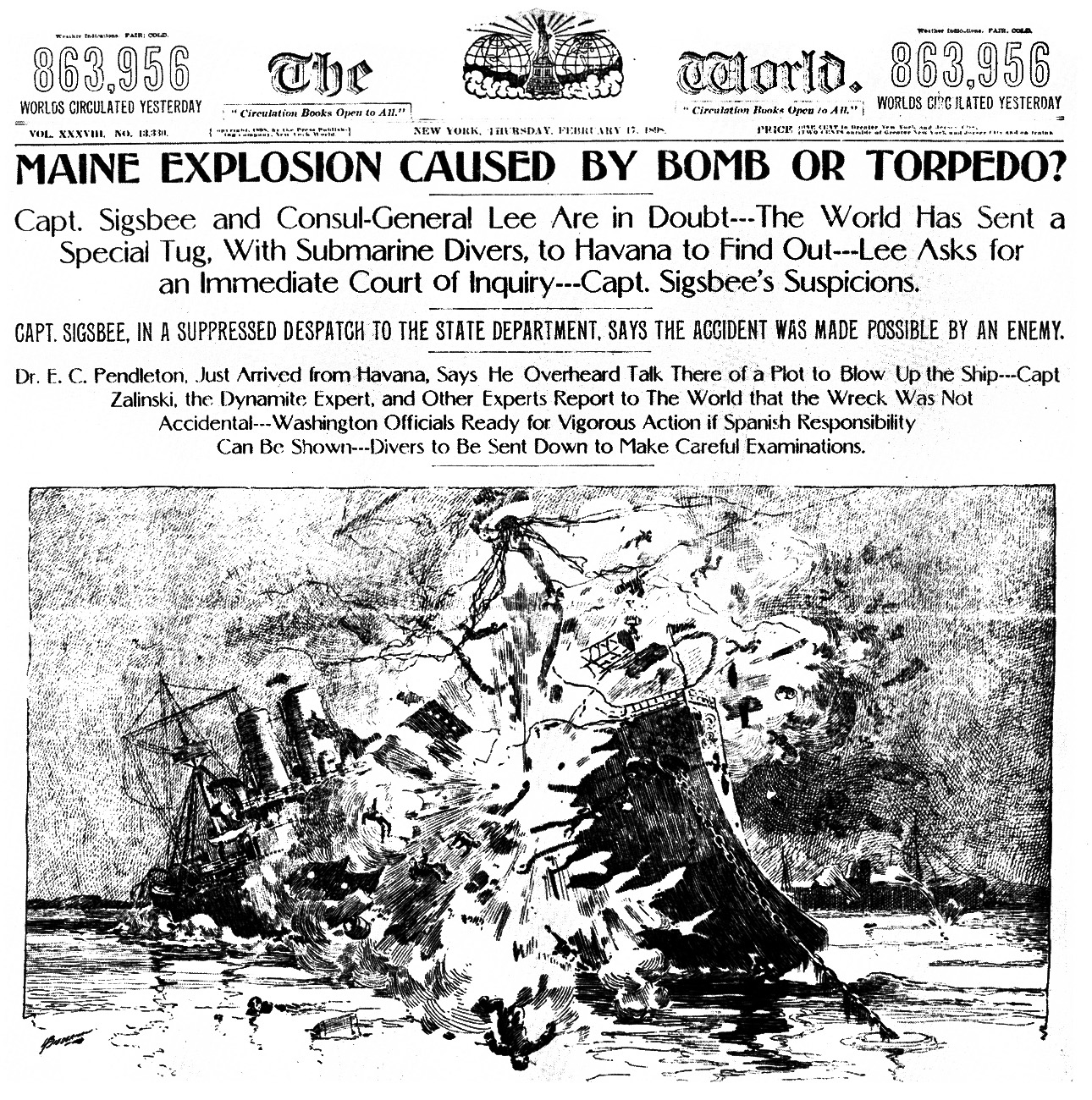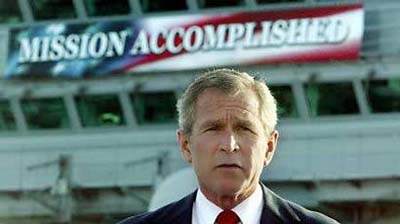Mass media refers to the diversified media technologies intended to reach a large audience through mass communication, such as TV, radio, movies, websites, blogs, and music. The news are an account of obtruding events that are timely, dramatic, and compelling. Americans spend 4 hours a day watching TV.
In order for democracy to function well masses require both accurate information as well as some context of the larger social forces. People cannot make sound political decisions otherwise democracy requires continual citizen participation. This brings up the ideal media functions: 1) Provide accounts to the public of political events, 2) Keep the public informed about key issues and debates, 3) Contribute to the enactment of policy, and 4) Guard against the abuse of power, which can include both private and public institutions, and can be done through fact-checking and satirical criticism.
News Media initially developed in US as partisan newspapers. This led to the period of “yellow journalism”, in the late 19th century. The news that defined “yellow” journalism was extremely exaggerated, sensationalistic, scandal-mongering, and blatantly false — all for the purpose of selling more newspapers.
Afterwards, the norm of objectivity developed. Objective journalism: reporting facts rather than opinions and is “fair” in that it presents both sides of the partisan debate. However, this can be, arguably, a very narrow perspective. NY Times is an example of a newspaper that voluntarily aimed to be as objective as possible, leading to its reputation today as one of the world’s best.
The Federal Communications Commission (FCC) was established in 1934 to regulate public broadcasting frequencies. Initially, radio frequencies were limited, so the job of the FCC was to regulate said frequencies. It required licensees to be impartial in political coverage. The “Equal time” provision of Communications Act required broadcasters to offer equal access to airwaves for political candidates. The Fairness doctrine prohibited broadcasters from promoting one party or issue over, or at the expense of, another. These measures of broadcasting regulations were rescinded in 1990s after cable TV came to dominate market, and the FCC decided that the regulations didn’t have to be upheld longer due to the wide availability of new channels. This led to an explosion of opinion-based news media.
Patterson identifies four media functions:
1) The signaling function is to alert the public to important events. This enables media to act as agenda setters, which allows the media to shape what is on peoples’ minds. Focus is much more on selling an audience to advertisers than on informing the public due to profit motive.
2) The common-carrier function is the channel for political leaders to communicate with citizens. However, TV news is more centered on journalists then leaders, who get only short 10-second sound bites. This is due to journalists focusing more on the political game and the personalities of leaders.
 3) The watchdog function exposes incompetence and corruption. This is sometimes referred to as “4th branch of government”. The 1st Amendment makes libel extremely difficult, which assists the watchdog function in the United States.
3) The watchdog function exposes incompetence and corruption. This is sometimes referred to as “4th branch of government”. The 1st Amendment makes libel extremely difficult, which assists the watchdog function in the United States.
4) The Partisan Function advocates particular viewpoints. Traditional news media don’t exhibit strong liberal or conservative bias — but do have a mainstream bias. Media has been strongly biased towards “bad news” — negative reporting, which leads to perceptions of bias. Talk radio is highly conservative and very influential. National Public Radio (NPR) is a liberal exception. Cable news is biased: MSNBC liberal, CNN centrist, Fox conservative. Most successful blogs have a liberal bias.
News is a big business. The demand and limitations that arise from the drive to make money have a major effect on the content of the news. The news sells the audience.
While the US prides itself in being free from government control, the US isn’t free from the requirements of the market. News marketplace is shaped by what will maximize an audience. This leads to a mediated reality. The political reality tends to present a narrow, stereotypical reality; what we expect or desire. As a result, poor and certain minorities hare largely underrepresented. Anything complex that deals with larger social political issues doesn’t get covered or is condensed in terms of some specific individualized story. For example, white suburban flight didn’t get reported in the news because it happened slowly across decades.



No comments:
Post a Comment